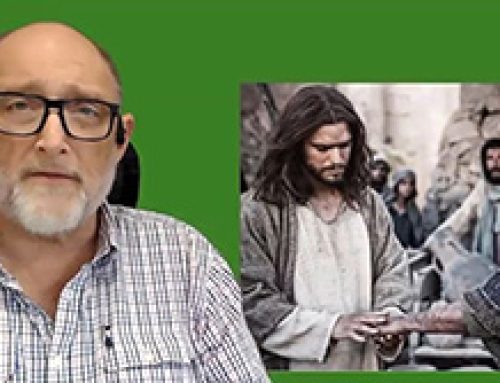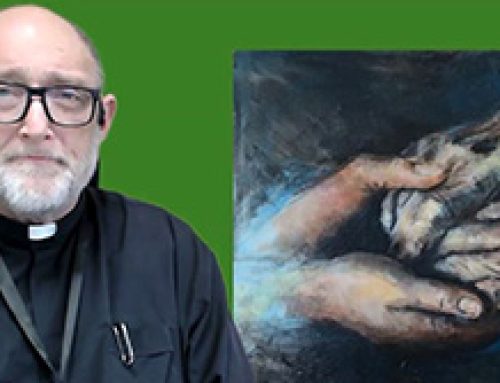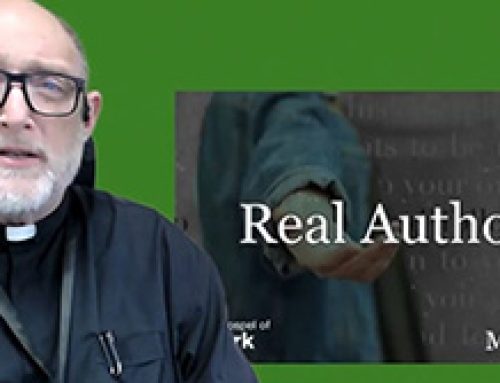Anne O’Brien, Deputy CEO: Mission, People & Culture, presents our Gospel Reflections this week and today reads from the Gospel of Luke (11: 1-4), in which the disciples ask Jesus to teach them to pray and so he teaches them the ‘Our Father’.
Ane says, Luke’s Gospel has been called the Gospel of Prayer. It is in his Gospel, more than any of the others, that we are told about Jesus praying. He was praying before the more important moments of his public life—such as at the time of his baptism by John, the choosing of the Twelve apostles, before Peter’s confession of his Messiahship and in the garden before his Passion.
Today we see Jesus praying somewhere, and we get the impression that it was something he did quite often. It was perfectly natural for Jesus to pray to his Father, and we understand that by prayer we mean being in close contact with God.
Sometimes it will be to ask God for help in our lives or in making a decision, sometimes it will be to thank and praise him, sometimes it will be to pray on behalf of someone else, and sometimes it will be just to be in his company. We saw this yesterday with Mary of Bethany sitting quietly at the feet of Jesus listening to him. In fact, a lot of our prayer should be in silent listening. Some people talk so much in their prayer that God cannot get a word in! When we pray, let’s give him time to talk to us.
After seeing Jesus pray on this occasion, his disciples asked him to teach them how to pray. In reply, he gives them what we know as The Lord’s Prayer. It is not quite the form we are familiar with—that comes from Matthew’s Gospel. In the Gospel of Luke, the prayer is simpler, but the basic structure is still the same.
Matthew’s text has seven petitions but Luke’s has only five.
When Jesus taught this to his disciples, I don’t think he meant that praying would always be reciting formula at regular intervals? In fact, it is (in Matthew’s version) a formula we all know by heart and which we recite regularly during the Eucharist, when we say the Rosary and on many other occasions. But it seems more likely that Jesus intended to do more than just teach them a formula to be recited.
We will get much more out of the Lord’s Prayer if we take each petition separately and spend time praying around each one. When we do that seriously and conscientiously, we will see that it is a very challenging prayer. Maybe that is something you can do later today and see what reflective thoughts come into your mind.
The Lord’s Prayer is beautiful. It is challenging. It needs to be taken slowly and meditatively so that we have time to enter deeply into each petition. Perhaps, as we pray, we can stop at just one petition which at this time is particularly meaningful to us and leave the others for another time. It is primarily not a formula to be recited, but themes for prayer. Any one petition is actually enough to last a long time.
In closing, Anne invites to finish our time with Luke’s version as we pray today:
“Father, may your name be held holy,
Your kingdom come.
Give us each day our daily bread.
and Forgive us our sins,
for we ourselves forgive each one who is in debt to us.
And do not put us to the test.”






Leave A Comment